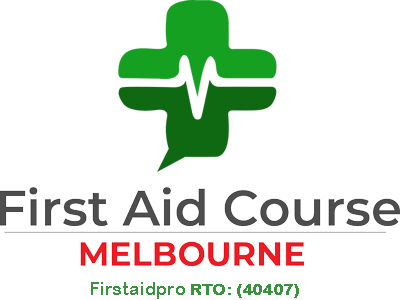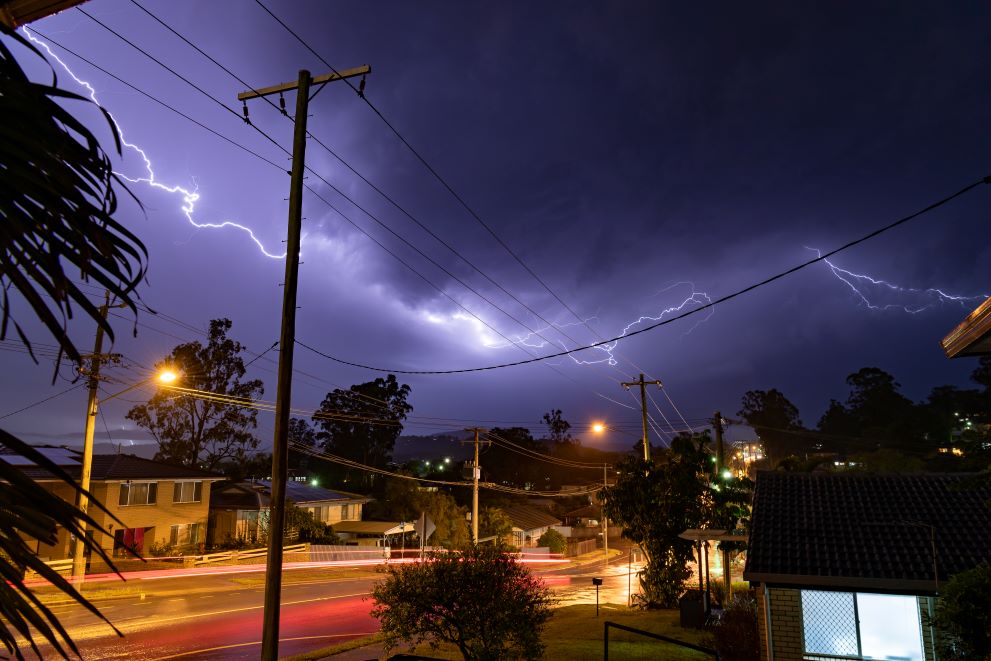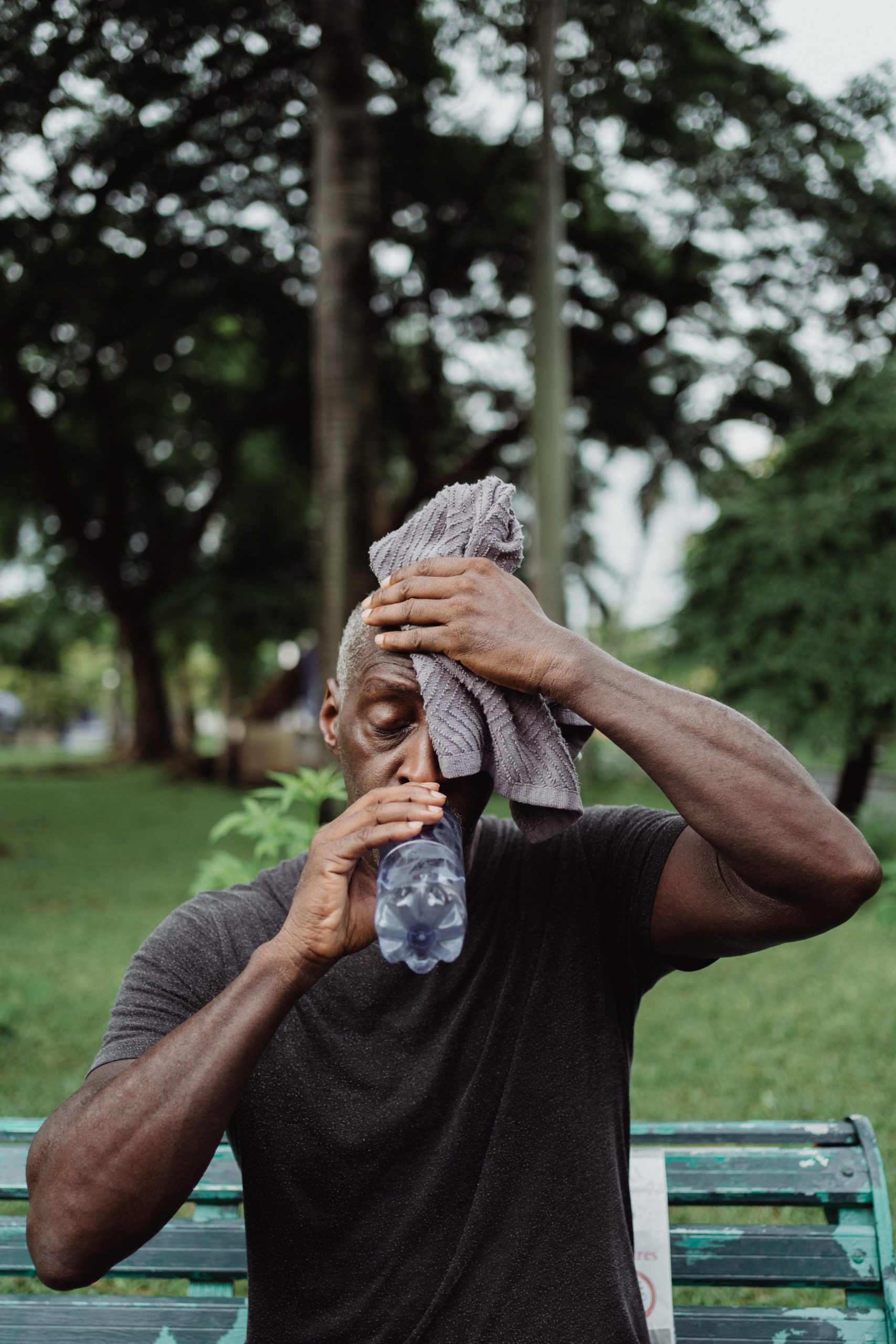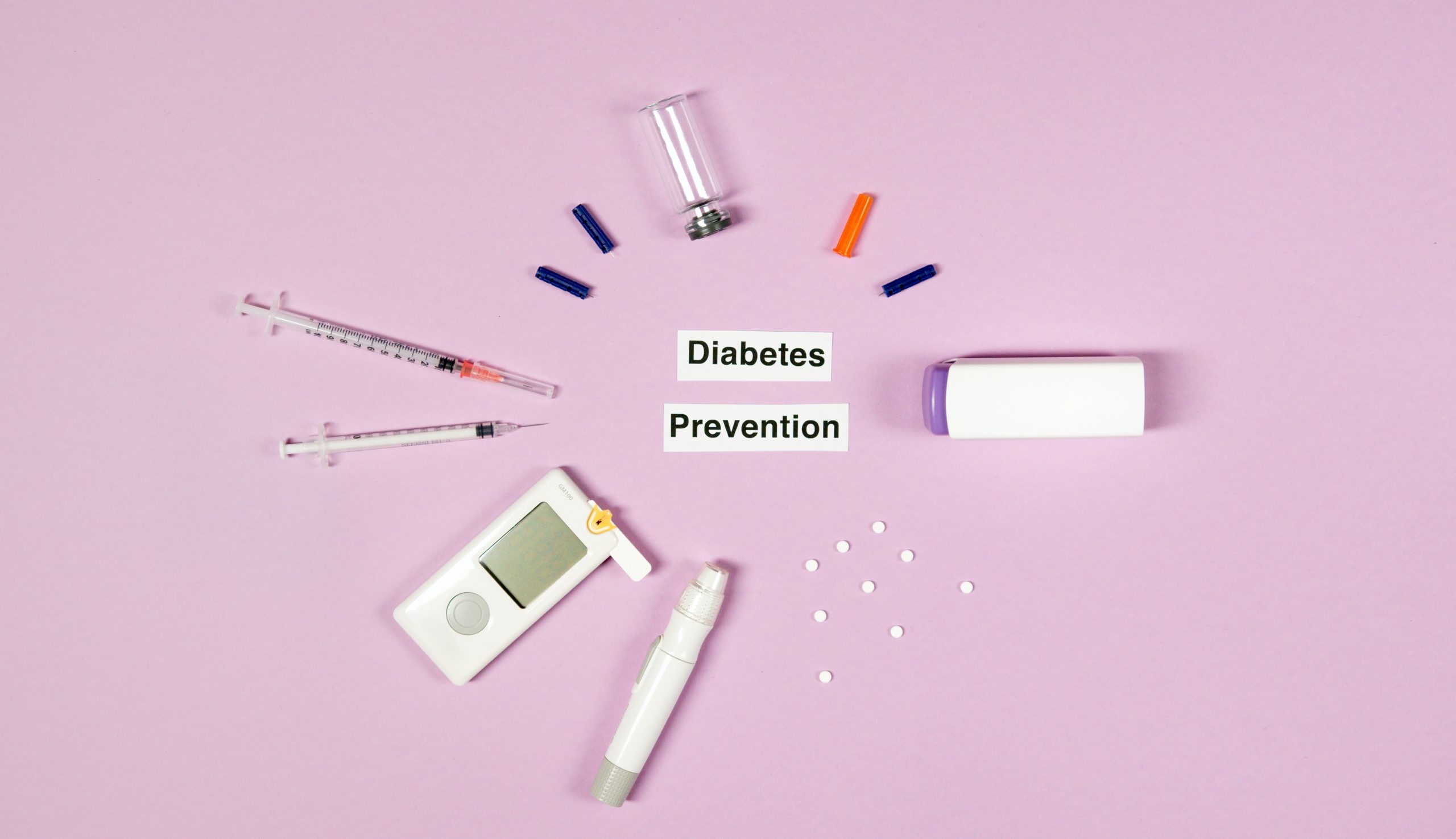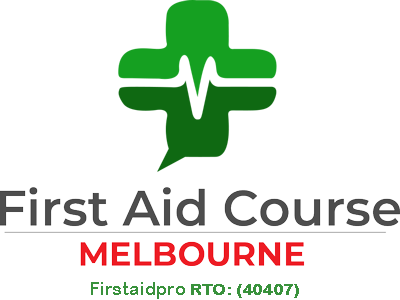Fainting refers to the condition where there is a temporary loss of consciousness. It occurs when there is not enough blood flowing to the brain because of a drop in blood pressure. As the person becomes unconscious, they will not respond to any stimuli and appear to be asleep. They do not show any reactions to loud sounds or shaking, and they may even stop breathing at some point.
Fainting may last for a few seconds or longer periods, depending on the cause.
When the person’s breathing stops or their pulse is starting to become faint, this calls for immediate emergency attention. The sooner the person receives first aid treatment, the better the outlook will be.
Causes of Fainting
Many reasons cause a person to faint. Medical issues can lead to fainting, including low blood sugar (hypoglycemia), anemia, rapid blood loss, heart problems, heat-related illnesses, eating disorders, and toxic shock syndrome.
Aside from medical reasons, other factors that can cause fainting can be the following:
- Sudden change in body position (e.g. standing up too quickly or postural hypertension)
- Moderate to severe pain
- Insertion of IUD device to women causing the cervix to stretch
- Emotional distress or fight
- Anxiety and panic attacks
- Taking medical prescriptions such as high blood pressure medications, tranquillizers, antidepressants, and some OTC medicine when taken in excessive amounts.
Extreme hot, humid weather can also cause someone to faint, as well as being in a stuffy room for a long time or consuming excessive amounts of alcoholic drinks.
Someone who is about to faint may experience the following symptoms:
- Dizziness or lightheadedness
- Pale skin and cold sweat
- Unsteady balance
- Vision changes or having double vision
- Fast or irregular heartbeat
- Nausea or vomiting
Fainting occurs suddenly, and most people recover quickly and regain consciousness without any lasting effects. However, take note that fainting may be a temporary occurrence or an indicator of a much deeper problem. If the fainting becomes recurrent, it is best to see a doctor.
First Aid for Fainting
If you witness a fainting emergency, here are the first aid actions to help:
- Place the person in the recovery position
If you see someone faint, have them lie down on their back. Make sure that the person is breathing.
If there are no visible injuries and the person shows signs of breathing, raise their legs above heart level. Loosen any restrictive clothing, including belts and collars. Also, do not get the person up too quickly.
- Revive the person
If the person is not breathing, prepare to begin CPR. While performing CPR, get someone to call triple zero (000).
When deciding to perform CPR, start with shaking the person, tapping briskly, or yelling. If there is no response, start CPR right away. If an AED is available in the area, use it if you are trained to do so.
- Assess the person for any potential injuries
Check the person if they are involved in a fall or if they are bleeding heavily.
If there is major bleeding involved, find the source of the wound or injury. Put direct pressure on the bleeding until it is controlled or until emergency services arrive.
- Monitor the person
Keep an eye on the person and check their level of consciousness from time to time. Stay with the person until an ambulance arrives.
If you want to see more First Aid Tips, be sure to visit our website, and do not forget to book your First Aid Course so you can be prepared to save someone’s life.
